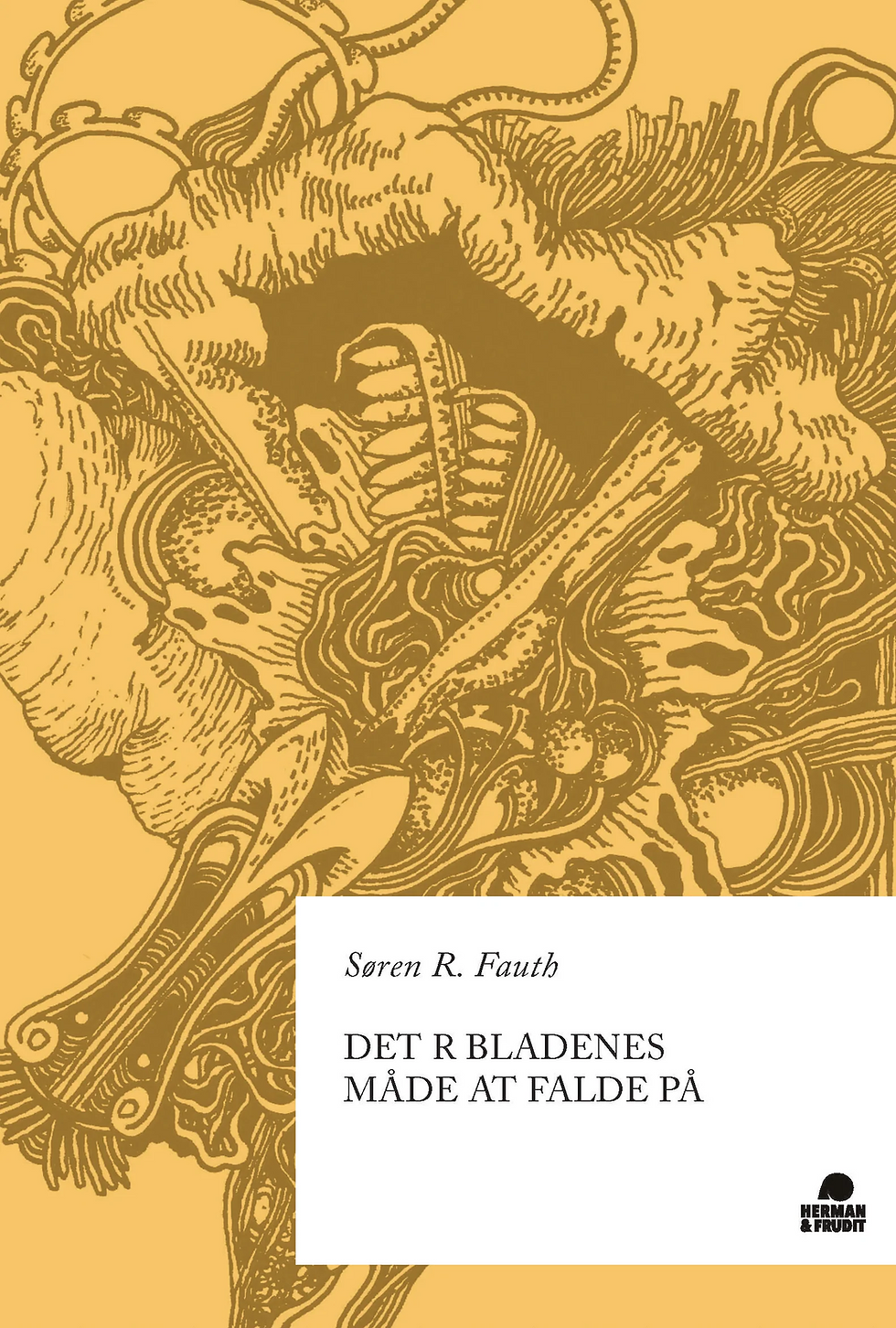J W V Goethe's THE METAMORPHOSIS OF PLANTS (1790)
- Matt Travers
- Aug 24, 2020
- 4 min read
Updated: Nov 22, 2021
On the Use and Abuse of Plants for Life

To what extent does it make sense to search for Johann Wolfgang von Goethe’s archetypical ‘Urpflanze’ today? In the introduction to the new English translation of ‘The Phenomenology of Spirit’, Terry Pinkard claims that once Hegel was “introduced to Goethe’s ‘Metamorphosis of Plants’, [he] came to one of his defining insights; namely, first, that the history of philosophy could be understood as a developing set of shapes of the same thing instead of just a procession of competing philosophical systems, and, second, that this insight could be extended to all of human history itself.” Incredibly, one of the most extraordinarily sophisticated philosophical accounts of human development was inspired by this modest eighty-page scientific case study, which, for the most part, is only concerned with minute prose descriptions of plants. Even in the concluding 'Recapitulation', Goethe provides no dramatic reveal; instead, the reader is meant to realise that the ‘Urpflanze’, much like Hegel’s construction of ‘Geist’, “the supposed hidden essence behind appearance, was in fact not hidden at all but was actually itself working its own way out in history as it shape-shifted itself in time.” (Phenomenology of Spirit, xxvii) The Urpflanze does not exist in any empyrean realm, but, like Hegel’s historical consciousness, is fully expressed in actual life. For Goethe as for Hegel, the task of the thinker is to show us by what process such complex patterns emerge.
Through these meticulous examinations of plants, which, while never sentimental, are undertaken with a kind of highly contagious affection, Goethe will detect a universal mechanism in their development. Just as Hegel’s philosophy is anti-foundational, and does not require a crude metaphysical teleology of set historical periods, so Goethe’s understanding of plants will move the science of his time beyond Carl Linnaeus’s theory of anticipation. To simplify brutally, Linnaeus believed that, despite taxonomic family relations, different forms of life derived from different ancestors, and that certain growth patterns were, in modern parlance, pre-programmed. After observing the way a tree which normally took six years to reach the adult reproductive stage could blossom and fructify within the space of a year if placed in a smaller pot, Linnaeus concluded that plants could ‘choose’ to accelerate their growth in special circumstances. Building on Linnaeus's theory, Goethe posited that plant-life evolved according to the degree of refinement a leaf could obtain in its present environment: and nothing else besides. His ‘foliar theory’, the theory that all plant life derives from variations of ‘leaf’ which are in a determinate relation with the immediate qualities of soil, light, space and air, foreshadows the findings of Charles Darwin by some sixty years. For Goethe, there are no metaphysical differences in kind: everything does its best with its genetic inheritance according to circumstance. Transplant the evolution of leaf for cell and epigenetic DNA and we have modern biology.
Such extrapolations from the history of ideas do not do justice to this edition of Goethe’s work. ‘The Metamorphosis of Plants’ seems perfect for scientists who want to be reminded of the intellectual significance, and sheer pleasure, that derives from the empirical understanding of nature, something which can be easily obscured in the hyper-specialization and neutrality which characterizes contemporary scientific research. ‘The Metamorphosis of Plants’ is living proof that the great breakthroughs in science cannot be falsified any more than the arguments of Plato can be refuted. Goethe also inspires those of us with humanities backgrounds to get our hands dirty. There’s something very moving about a poet of such imaginative power spending years closely observing humble plants and recording what he saw in simple crystal-clear prose. It is evidence of great restraint. And perhaps an even greater reverence. While, on the surface, Goethe’s spiritual meditations on plant-life might seem unlikely to reveal anything new about the natural world today, where everything has been seen up close with powerful microscopes and recorded with the implacable neutrality of a camera, perhaps such pessimism is misplaced. What is ‘seeing’ today but the casting of numerical nets over phenomena and then intuiting the cause of differentiation?

Readers of Deleuze and Guattari will find Goethe's contrast between a vertical plant-life fructificaton cycle and the vegetative horizontal growth process through nodes, or 'eyes,' a conceptual precursor for their split between aborescent structures driven by reproductive pleasure and the rhizomatic alliances fueled on desire. In their late 'What is Philosophy?' Goethe is explicitly cited as Deleuze and Guattari's model for a modern thinker insofar as he is able to translate his scientific findings into philosophical concepts. The superior empiricism of Goethe’s ‘genetic method’ translates scientific observation into the faculty of ‘Understanding’; so-called because, for Goethe, true observation seems to involve a near-psychotic process of identification with the object of study, which thereafter combines with a faculty of ‘Reason’ which is not only logical, but poetic: it is the means by which we generate causal mechanisms which allow us to understand and appreciate the natural world. Read this work then observe a humble houseplant. You will need no further proof that, contrary to certain religious beliefs and the posturings of curiously nihilistic strains of contemporary philosophy, an enriched understanding of how things work cannot help but inspire a feeling akin to joy.



Comments